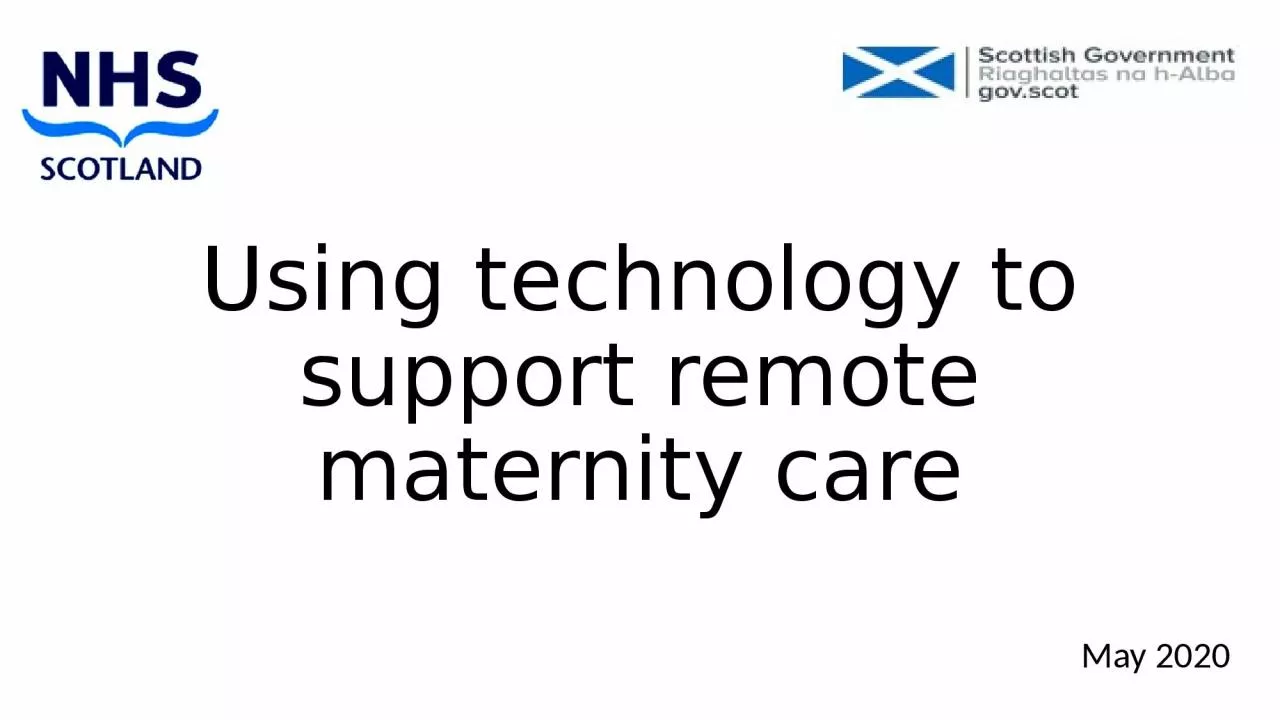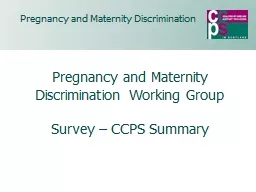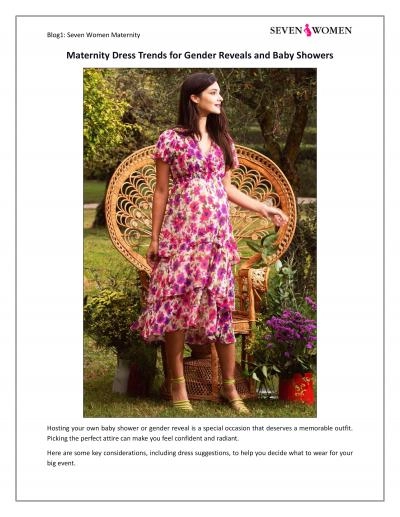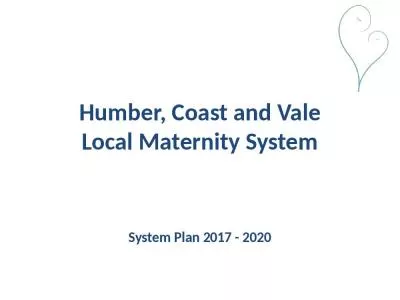PPT-Using technology to support remote maternity care
Author : genevieve | Published Date : 2023-05-27
May 2020 Midwifery and Obstetrics Why focus on this area Covid19 social distancing requirements All pregnant women to self isolate Specific shielding requirements
Presentation Embed Code
Download Presentation
Download Presentation The PPT/PDF document "Using technology to support remote mater..." is the property of its rightful owner. Permission is granted to download and print the materials on this website for personal, non-commercial use only, and to display it on your personal computer provided you do not modify the materials and that you retain all copyright notices contained in the materials. By downloading content from our website, you accept the terms of this agreement.
Using technology to support remote maternity care: Transcript
Download Rules Of Document
"Using technology to support remote maternity care"The content belongs to its owner. You may download and print it for personal use, without modification, and keep all copyright notices. By downloading, you agree to these terms.
Related Documents














